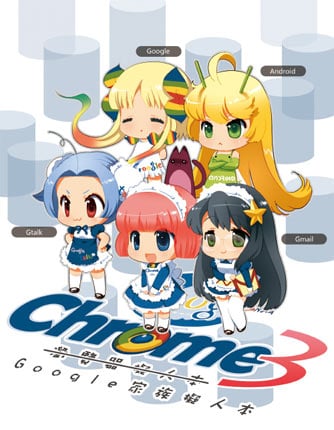I saw that the iRobot company recently released a new line of their Roomba robotic vacuum cleaners which had been made with input from their customers in Japan, allowing the room-cleaning robots to better handle unique features of Japanese homes like tatami mats. While a lot of companies try unsuccessfully to gain traction in the domestic Japanese market, others find great success here. The trick, it seems to me, is to work to build rikai (understanding) of the way things are done in Japan and figure out what Japanese customers want, then prepare for a long battle to win their hearts. Aflac got off to a smart start in Japan by following the time-honored tradition of amakudari (“descent from heaven”), opening regulatory doors by hiring a retiring government official to be its first Japanese CEO, then establishing itself further by erecting a large building for its headquarters, which said to customers, “Even if the market goes against us, we won’t leave Japan.” Contrast this with Ford, who complained throughout the 80s that Japanese car buyers weren’t purchasing their vehicles, yet they hadn’t bothered to retool their factories to make cars with the steering wheel on the proper side of the car for the Japanese market until 1996. I bought my wife one of the Roomba vacuum cleaners after making sure the company had developed the product with Japanese houses in mind (lots of hardwood floors, no American-style carpeting). She named it Anthony, and loves it.

Roomba robot vacuums are quite popular in Japan, so much tthat there’s fanart on Pixiv.















